World 🢖 North America 🢖 Caribbean 🢖 United States Virgin Islands
Cities and towns 🢔 Settlements 🢔 Architectural wonders 🢔 Categories of wonders
Wonder
Christiansted
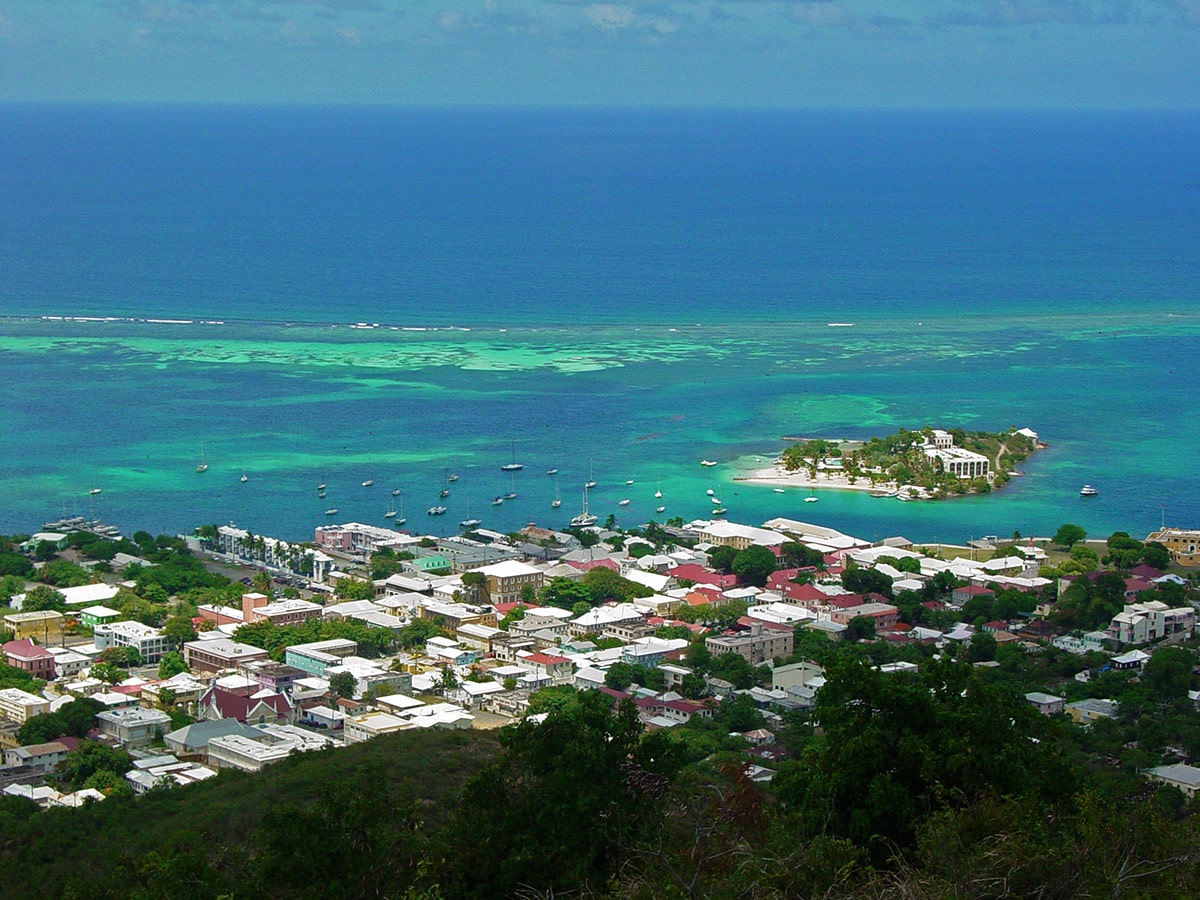
 In short
In short
There is a Danish planned town built by black people in Caribbean – Christiansted. This charming colonial town is located in Saint Croix, United States Virgin Islands.
 45.3%
45.3%
GPS coordinates
Location, address
Founded
Period of flourishing
Area of the historical centre
Map of the site
If you see this after your page is loaded completely, leafletJS files are missing.
 In detail
In detail
History
Danish colony in the Caribbean was established in the 17th century, initially on St. Thomas and St. John. The larger St. Croix island was purchased by Danes from the French in 1733.
Initially the island was owned by the Danish West India & Guinea Company.
The location of the future capital of the island – was selected by Frederik Moth, who fired a salute from the former French fortification in 1734. This site in fact was selected by the French several decades earlier – in 1665 and named simply – Bassin ("the harbor").
Now the town was named Christiansted – after the Danish king Christian VI.
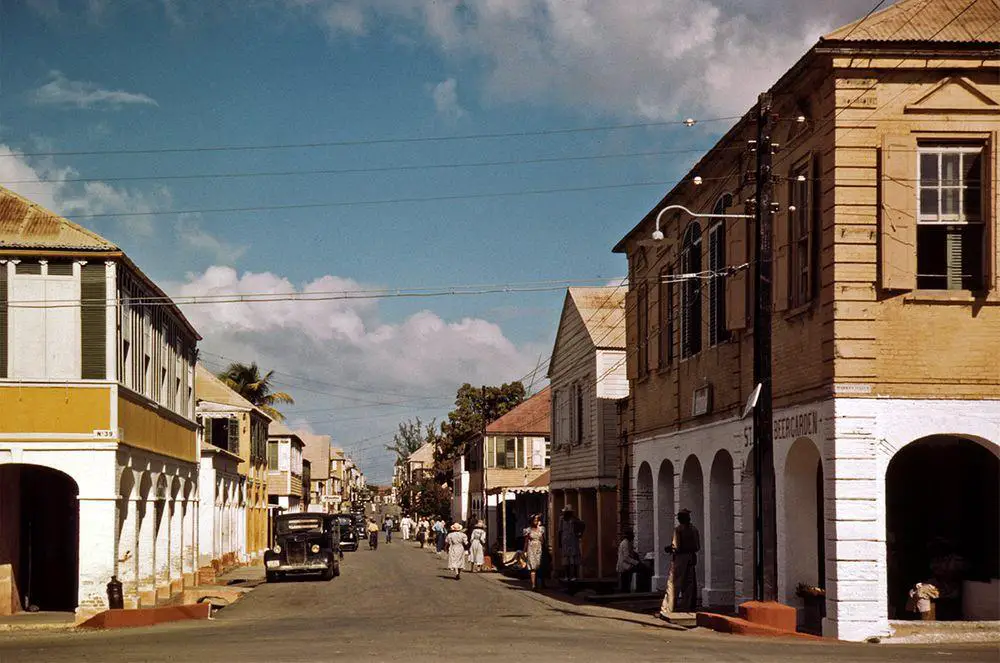
Moth elaborated a plan for the city – this was a true Baroque town plan with rectangular city blocks and strict building codex, which was approved in 1747. First was built a fort – Fort Christian (1738), then appeared other buildings – the Danish West India & Guinea Company Warehouse (1749), the Steeple Building (1753).
Most of the work was done by black people, imported by Danes from Africa. Island and Christiansted were a true melting pot of different races and cultures.
Moth became the first governor of the island. He divided the land into plantations and sold it cheaply to settlers. Christiansted was the capital of the Danish West Indies from 1754 to 1871.
Development was slow initially – there were applied excessive taxes and strict limits on trade, e.g. exclusively Danish ships were allowed to enter the ports.
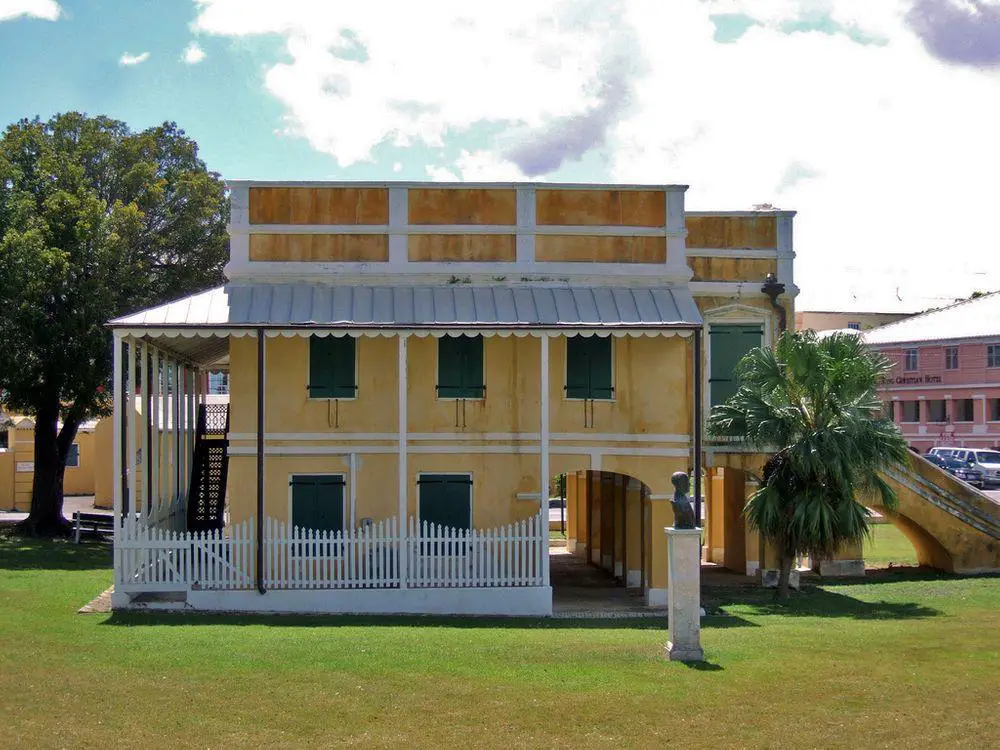
In 1755 the island was purchased by Danish crown and "golden times" of St. Croix started. Danish trade ships brought black slaves from Guinea and then brought sugar and rum from plantations to Europe (later – to United States).
Christiansted flourished, higher society in the city had exuberant, extravagant life style.
These golden times lasted until the Napoleonic times, when sugar production from beet was mastered. This and other factors led to a decline and Christiansted became poorer and poorer.
Gradually the influence of the United States increased and in 1916 – 1917 islands were sold to the USA.
Today Christiansted is a small town with some 3000 inhabitants, it is charming tourist destination.
Planning and architecture
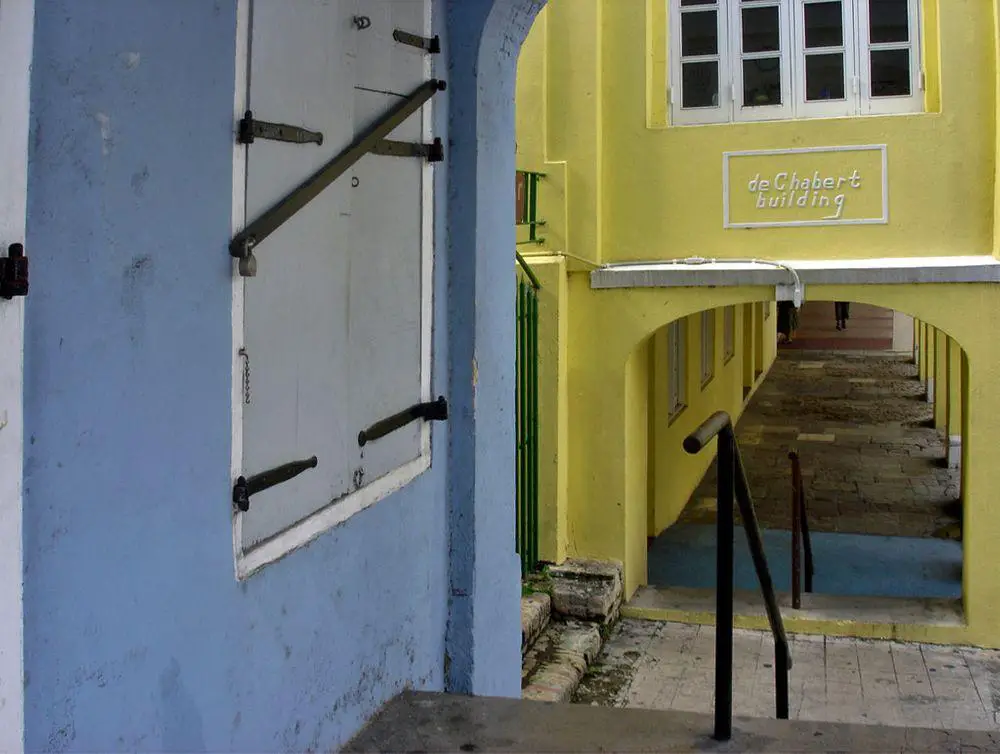
Christiansted represents a unique blend of Danish – Northern European and black African style in architecture, planning and decoration.
Town is characterised by its Baroque grid pattern planning and mostly Neo-Classical architecture. Its stone buildings are painted in pastel (mostly – yellow) colors and have red tiled roofs.
Town has arcaded sidewalks, cobblestone walkways. Christiansted has two marketplaces. There are numerous historical buildings – Fort Christian (1738), the Danish West India & Guinea Company Warehouse (1749), the Steeple Building (1753), Danish Custom House (1844), the Scale House (1856) and other buildings.
 Linked articles
Linked articles
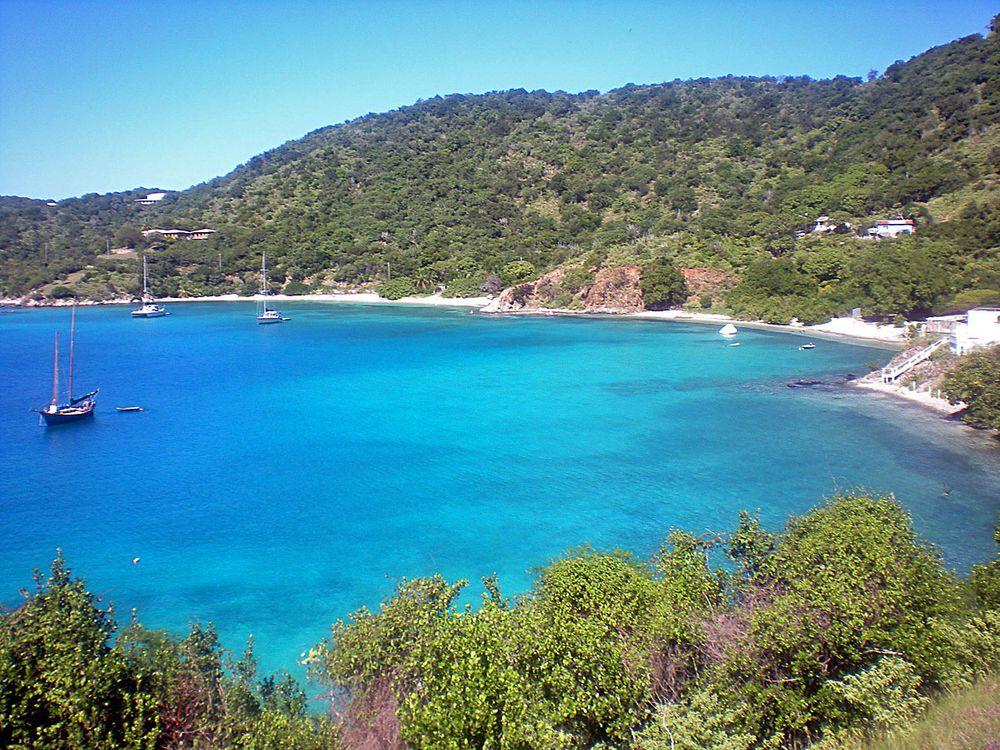
Wonders of the United States Virgin Islands
The United States Virgin Islands are an insular area of the United States. These beautiful islands are rich in historical architecture.
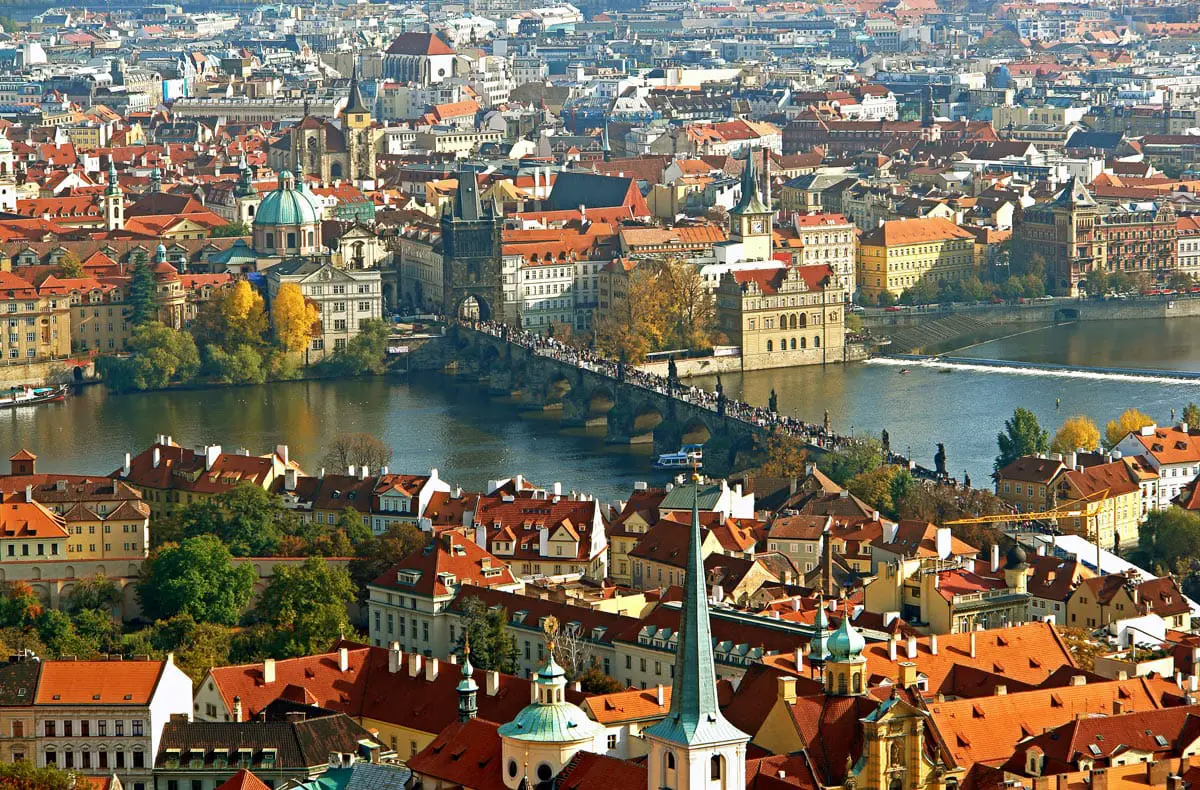
Cities and towns
Many of the most popular and exciting landmarks in the world are cities and towns. Millions of tourists are attracted to such cities as Venice, Florence, Prague, and Jerusalem. They never fail to impress and one will always find something new and unexpected here.
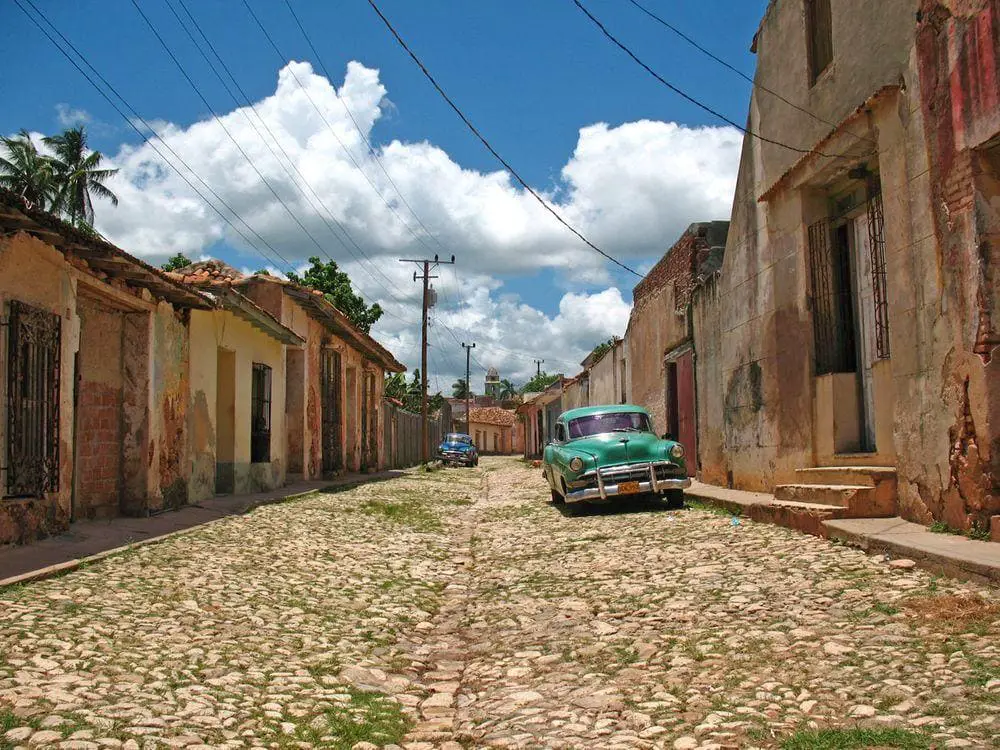
Wonders of Caribbean
The Caribbean is a unique group of islands. These islands are somewhat similar – tropical islands surrounded by the blue Caribbean sea. At the same time, they are very diverse – from enormous Cuba to minuscule Saba, from dry Bonaire to jungle-covered mountains of Trinidad, and from the flat Bahamas to mountainous Dominica.
 Recommended books
Recommended books
Moon U.S. & British Virgin Islands
Virgin Islands resident Susanna Henighan Potter offers firsthand knowledge of everything this paradise has to offer, from St. Croix to St. Thomas and Tortola. Potter guides readers to the most thrilling hikes in St. John’s Virgin Islands National Park, the best snorkeling spots in Cruz Bay, and the most exciting carnivals and festivals on Virgin Gorda.
A History of the Virgin Islands of the United States
A history of the Virgin Islands of the United States is the story of waves of immigrants, of the long span of slavery and exploitation-punctuated by black uprisings-of missionaries and colonial change, the decline of trade, and the upsurge of tourism.


